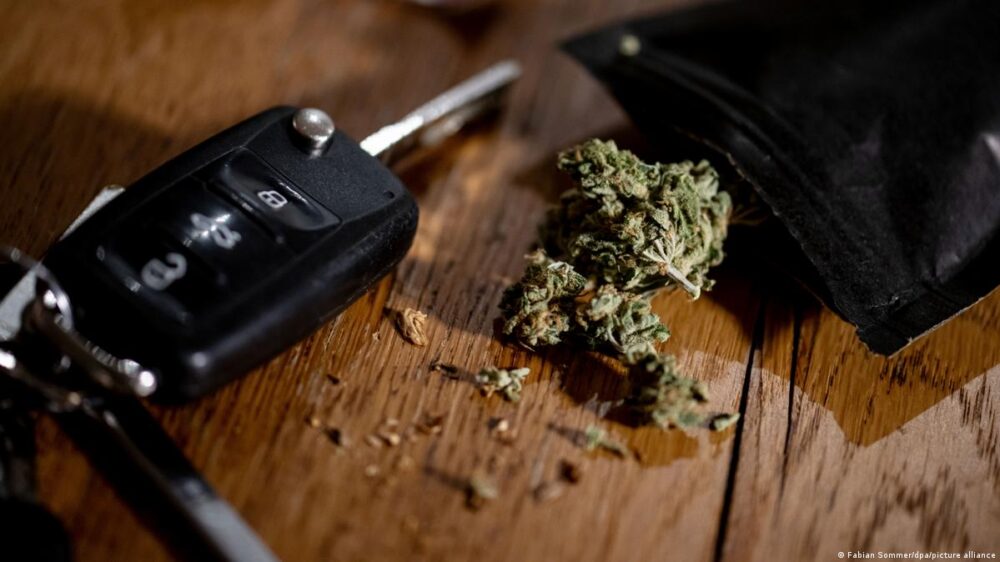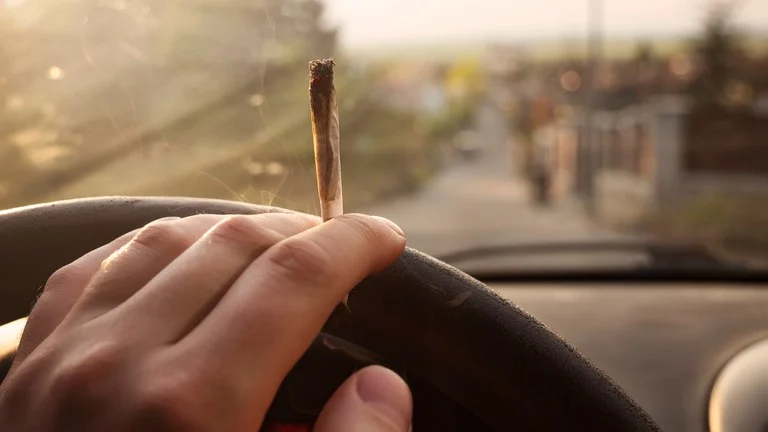With cannabis legalization spreading, there’s a lot of talk about how it affects driving. While society seemingly has a good handle on the dangers of driving while intoxicated by alcohol and other drugs, many people are still in the dark about how cannabis impacts your ability to drive safely. Today we’re going to dive into cannabis and driving, specifically to debunk three popular myths.
Let’s clear up some common myths and get a better understanding of cannabis impairment!
Addressing the Myths Surrounding Cannabis and Driving
Myth 1: Cannabis Doesn’t Affect Driving
Reality: Cannabis definitely impacts your driving skills. THC, the main psychoactive compound in cannabis, can mess with your coordination, slow your reaction time, and affect your judgment. This means you, or other people, might not be able to respond as quickly to things like sudden stops or unexpected hazards on the road. Smoking cannabis and driving also falls in line with distracted driving.
Even within RMR, this myth remains just that, a myth. Joey, one of the brand’s owners and our editor, shares that smoking or dabbing later at night, definitely makes it more difficult for him to drive because it’s harder to see due to bright lights and limited visibility when it comes to things or people at a farther distance.
Myth 2: It’s Safe to Drive a Few Hours After Using Cannabis
Reality: The effects of cannabis can last longer than you might think and the effects are different for every single person. Even if the most intense effects wear off in a few hours, you could still be impaired for up to 24 hours. It is definitely fair to say that even if you feel like you’re fine, your driving might still be compromised.
Feeling groggy from cannabis and driving is still impared driving.
Myth 3: Cannabis Users Drive More Cautiously
Reality: Some people think they’re safer drivers when they use cannabis because they drive more slowly or carefully. But being overly cautious can be just as dangerous as driving recklessly. Your reaction times are slower and your perception is altered, which can still lead to accidents.
We’ve all seen the people driving much slower than other people out on the freeway. That is definitely unsafe!
Understanding Cannabis Impairment
THC and The Human Brain
THC interacts with the brain’s endocannabinoid system (ECS), which plays a role in regulating mood, memory, and motor functions. When THC binds to receptors in the brain, it disrupts normal functioning, leading to altered sensory perception and impaired cognitive abilities. These changes can significantly affect or impact a human’s ability to do an activity.
Measuring Impairment
Unlike alcohol, where blood alcohol concentration (BAC) levels are a reliable measure of impairment, THC levels in the blood don’t directly correlate with impairment. THC is fat-soluble, meaning it stays in the body longer and can be detected days or even weeks after use, long after the effects have worn off. This makes it challenging to establish clear legal limits for THC and driving.
Legal Implications
In many jurisdictions, driving under the influence of cannabis is illegal, with similar penalties to drunk driving. However, the lack of a standardized impairment test for cannabis complicates law enforcement efforts. Some states use per se limits, similar to BAC for alcohol, while others rely on behavioral and cognitive tests to assess impairment.

Final Thoughts
Knowing how cannabis affects driving is crucial for keeping the roads safe. By debunking these myths and recognizing the real impact of THC, we can make smarter choices and ensure everyone’s safety. As cannabis laws continue to change, staying informed about impairment risks is essential for all users.
To stay safe and out of trouble, it’s important to know how cannabis affects you. Now that we’ve addressed all these myths and understood how impairment works, here are some tips:
Avoid Driving: If you’ve consumed cannabis, the safest choice is to avoid driving altogether. Use alternative transportation like a rideshare service, public transport, or a designated driver.
Know Your Limits: Be aware of how cannabis affects you, especially if you’re using a new strain or form of cannabis (e.g., edibles vs. smoking). Start with a low dose and see how it impacts you before considering activities like driving.
Wait It Out: Allow plenty of time for the effects of cannabis to wear off before getting behind the wheel. This varies from person to person but waiting at least several hours is a good rule of thumb.
And always remember to enjoy cannabis while staying safe!








